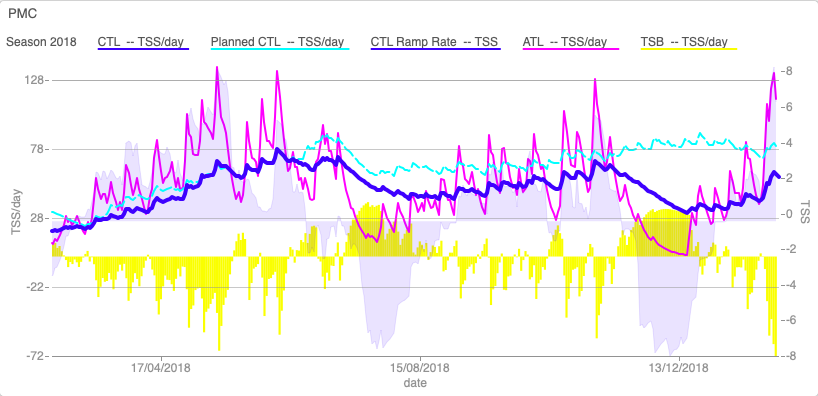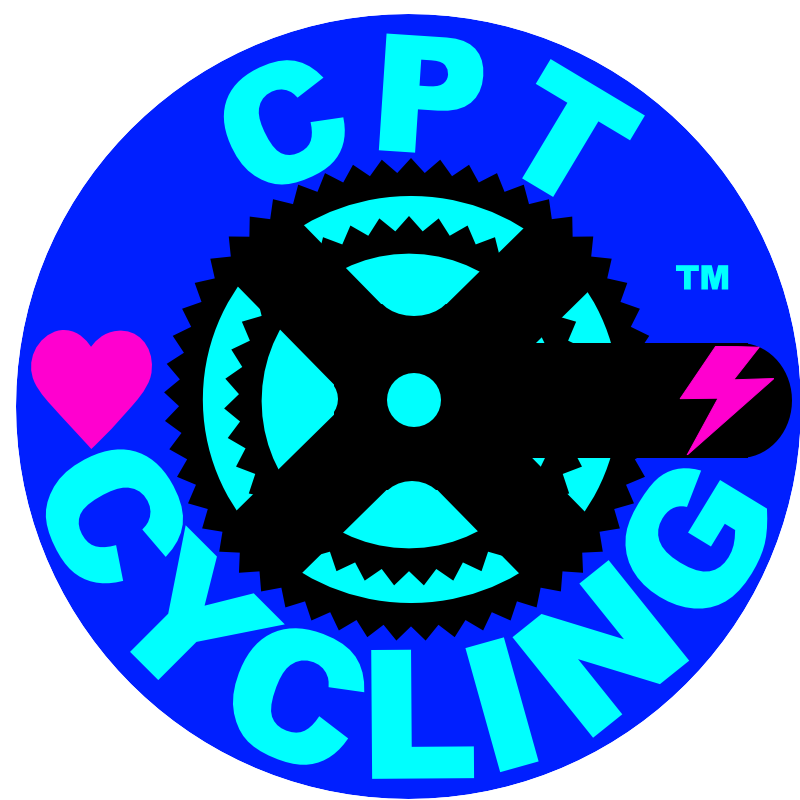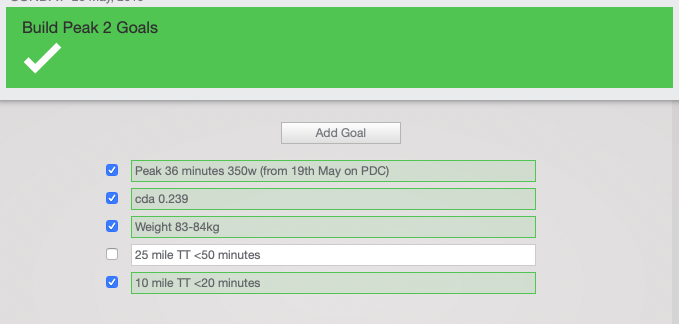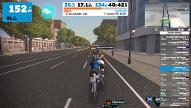Discovering the Past to Improve your Future Performance with a Season Review

The Performance Management Chart is a great place to start a season review
By Richard Rollinson, 2nd August 2019
How to look back at the season to help you know where you are at on your athletic journey and to show key areas to improve on for the year to come.
Review of Training Goals
In both racing and training, to get the best picture of what worked and what worked less well; reviewing goals is an effective way of both measuring the success of the season just gone and identifying what to use and not to use in the next Annual Training Plan (ATP) and seasons beyond that.
In the review of training goals, a CPT Cycling Coach will aim to measure how appropriate each training goal was and if it was either realistic or challenging enough. Was each training goa, for example:
- Too long or too short?
- Too much power or not enough?
- Was there enough time to prepare towards each goal?
- Was the training intensity of workouts enough or too much?
- How well did the goals fit into the training plan and athlete schedule?
- What affect illness or injury may have had.
On the goals that were achieved; how did the training plan contribute to achieving them and how relevant were the goals to what was achieved?
Review of Event Goals
When looking over your goal events of the past season; it can be incredibly useful to review your power file from the event in identifying the effectiveness and relevance of the goals that were set for each event. This can show if the goals helped towards the actual demands of the event on the day
There are many different types of events in cycling with heavily varying demands; ranging from mountainous Grand Fondo’s, to precision paced Time trials, high match burning criteriums all the way to skilled and powerful Mountain Bike events.
To take a Road Race as an example, the match burning cannot directly tracked through a Power Duration Curve (PDC) alone. There are many ways to measure and determine matches burned. Reviewing KJ used in each power zone can show how closely matched event goals where to the real thing. Time in power zones and time in muscle oxygen zones show what type of energy was used and were.

Looking at each ride as 1 bar, each arrow shows early season criteriums. Note on the left chart that there is a greater amount of dark purple, indicating more KJ used in power zone 6 (i level FRC). The right hand chart shows less KJ used under FTP compared to most rides of similar total KJ.
In a Time Trial, a Best Bike Split Race Plan compared to a completed race power file gives an indication of the effectiveness and appropriateness of the event goals compared to average power and pacing of the completed event and how well it was completed compared to the goals. This can lead to taking the best action on where goal setting or your athletic performance could improve.
Identifying your Personal Strengths & Limiters in Training
In reviewing this area; this is an ideal opportunity to look at where general improvements have or have not been made to areas of your Power Duration Curve (PDC), regardless of goals.
The best place to look for an overall picture of this is to overlay 2 power duration curves. One from the season just gone and one from the previous season; looking for where gains had been made in certain power durations, were they stayed the same or dropped and then look into the reasons why.

PDC from 2 seasons overlayed.
It could be that one area dropped because of the specific focus was not to improve one power duration area, or if this area needed more work, this should become one of the aims for the upcoming season.
Identifying Strengths & Limiters in Events
In this area of review; this will look at taking your general Strengths and Limiters that you earned in training and how this impacted your event day performance.
Did what you achieved in training and racing prepare you enough for your goal event, that got you up to form and if it was enough or too much racing to get you to your event day goals.
The areas of your peak power can be looked at if; compared to power output during your goal event; how effective your preparation was to get you to the point of being close enough to the actual demands of the event on a power comparison.

20 minute peak power development, leading into a goal event Time Trial.
Review of Training Load
This is important in influencing both the total training load of the whole season or year and the timing of the load. The coach’s review of training load should include if the build pattern of training was effective, or if there were areas that were not as effective as planned.
The biggest clue to this is how well you completed the training load compared to planned. Was it less, more or needed greater consistency? This is why it is very important for you and the coach to keep a copy of the original plan in the training calendar; so that completed training can be reviewed against original planned training, so decisions in the effectiveness of the planned training do not get skewed.
This can be for a variety of new and unique personal factors connected to the athlete that may have affected the original built in training principles once these new factors had arisen during the season, which could be anything from a new routine with a new job or house, to a newly discovered medical condition.

Tracking planned v completed training load measured by Training Stress Score (TSS). Yellow area was illness, red area was injury. These reasons why were identified by looking back on athlete and coach comments from the time.
Communication between you and the coach is important for coach to make amendments to the annual training plan that can help the plan to adapt as your circumstances change through the season, but reviewing the effectiveness of the ATP before and after the changes can help to see if enough build or recovery was given. A new approach to extending or reducing how many weeks each build consists of, for example can be of benefit for certain medical conditions or deficiencies.
Athlete Review of Coach
The coach will look at the following examples in their own performance, but these can be effective questions for you to ask about the past season’s training:
- Were there any areas of training that you feel was not covered enough?
- Were there workouts that you felt where not effective?
- Were there any elements of performance; physically, mentally or tactically that you would have done differently?
- Was there anything that was not in this seasons training plan that you felt was missing?
- Did any of last seasons goals feel too easy or too hard?
- Was there any areas of coach’s guidance you would have liked more of (tactical, technique, mental skills, nutrition etc.)?
In the review of goals that where set and training that was prescribed, at CPT Cycling; it is the coach’s aim to review their own performance on what was set, but honest feedback from the athlete is the opportunity for you to have your say on how effective you believe the planned training was and where you feel it could be improved as well as if you feel you could have improved further, or what you did well.
Your feedback, in combination with coach’s review of your performance and review their own performance as a coach gives more of a perspective from both sides so that less of the bigger picture gets missed.
Related Blogs
Setting Goals for the Season Ahead with an Annual Training Plan (ATP)
Identifying the Power demands of a Goal Event to Plan Specific Training
Targeting specific improvements Through your Power Duration Curve
How To Use WKO4 To Construct Training Plans
Covid 19: What Now For Your Cycling Goals?
What is CPT Cycling?
Custom training plans with a 360º approach to your unique physiology and goals with actionable feedback to help you become a fastercyclist, explained simply with a personal touch from an expert cycling coach.







